Electricity is a basic necessity without which we can’t imagine spending even a single day. The demand for sustainable energy is constantly growing in this modern era when almost everything is running on electricity. According to studies, it has been proven that the available non-renewable sources of energy we mostly rely on are estimated to run out faster than the time it takes to produce them.
Therefore, there is an ever-growing requirement for renewable energy sources and solar power is one source that will never run out as far as the sun is above us. Anyway, the main method of harnessing solar power is through solar panels, which you can install on your rooftop. But not everyone has access to the solar system. The reason is that the initial installation cost of solar panels is too high today, plus renters cannot install solar on their rented homes.
Otherwise, they will have to take it off when leaving the house. However, this does not mean that you are out of options! Those who want solar energy and its excellent benefits but don’t have the opportunity and resources to install solar panels can get solar with no panels from a solar utility farm. Yes, you heard it right, you can get Energy from Solar Farm. Start reading the article to find out about this phenomenon.
Solar Without Panels, how?
Solar farms allow citizens to save money each month on their electricity bills by using electricity produced by solar energy. Unlike traditional solar power, where an arrangement of solar panels is installed on your roof or property, the solar farm is installed in a designated location. A large-scale solar farm is being developed to generate enough electricity to meet the needs of hundreds of homes and businesses.
A solar farm benefits from a large piece of land to generate and sell electricity to the local utility company for some revenue. The energy produced is sent back to the electricity grid. The local power company pays the owner for the electricity produced. Plus, solar farms produce zero pollution and use very little water compared to generic power plants.
There are two kinds of farms/solar parks:
- Photovoltaic Solar Panel Farms
These farms are made up of solar panels that immediately convert sunlight into electricity. Sunlight hits the cell, hits a semiconductor, and sends electrons to electrical conductors to produce direct current.
- Solar Thermal Energy Farm
A solar thermal farm uses illustrative channels that collect, reflect, and focus energy from the sun. First, heat a heat transfer fluid. Then, this exchange fluid is pumped into a heat engine which converts heat into energy. This type of production is essentially the same as power generation which uses fuels but heats steam using sunlight instead of burning fossil fuels. In addition, these systems use solar accumulators to focus the sun’s rays at a point to reach certain high temperatures.
There are two other types of large solar farms: utility-scale solar farms and community solar farms.
Utility Solar Farms
A Utility solar farm often referred to simply as a solar power plant, is a large solar farm owned by a utility company that sends electricity to the grid. Simply put, you can do it, a utility-scale solar farm generates solar energy and feeds it into the grid, providing electricity to a utility. Depending on the facility’s geographic location, the electricity produced on these farms is sold to wholesale utility buyers through a power purchase agreement or is owned directly by an electric utility company.
Regardless of the exact structure, the initial customer for solar power is a utility company. Then it allocates the produced electricity to residential, commercial, and industrial customers connected to the grid. The US Energy Information Administration considers a power plant “utility-scale/size” if its total generating capacity is one megawatt “MW” or more.
There are currently over nine thousand and nine hundred solar photovoltaic plants (PV) that meet this specification. Falling costs and growing demand for renewable energy mean that the large-scale solar sector has boomed in recent years. The EIA estimates that solar energy is now the main source of new power generation capacity.
Benefits Of Utility Solar Farms
- The significant use case for utility-scale is to streamline the electricity prices over longer periods.
- Utility-scale solar farms can be combined with battery storage to store all generated energy for later distribution.
Community Solar Farms
This intelligent community solar farms idea has taken off a few years ago as more homeowners have understood that they can use solar power without installing solar panels on their rooftops. It is also defined as a solar project in an area. The benefits of a solar project accrue to multiple clients, such as individuals, businesses, non-profit organizations, and other groups.
A community solar farm is sometimes called a “solar garden”. The electricity it produces is shared by more than one household. A community solar farm is mostly a large ground-based installation of PV solar panels that are spread in one or more acres. Visually, these solar gardens look like large-scale solar farms but are often smaller in size. Customers can buy part of a solar garden and own that part of the overall grid, or they can rent electricity from the solar system and, in a sense, replace their m payments.
Benefits Of Community Solar Farms
- Community solar energy allows everyone to benefit from solar energy, even if they cannot put panels on a roof.
- Consumers can save money on their monthly bills in areas where solar power is cheaper than traditionally produced electricity.
- If subscribers/users move to a new home in the same county, they can usually benefit from their community solar contribution.
- The programs also have options to sell or give away subscriptions.
Hazards Of Installing Solar Panels on Your Roof Top
- The most significant health and safety risks arise from hazardous materials in the manufacture of solar cells.
- The Fire Protection Research Foundation “FPRF” recommends emergency services to find new ways to do their jobs safely. Solar panels can make it difficult for firefighters to operate on rooftops.
Weight is another issue with installing solar panels on the roof. If the foundation of your house is not strong enough to support the weight of the solar panels, it could be very dangerous.



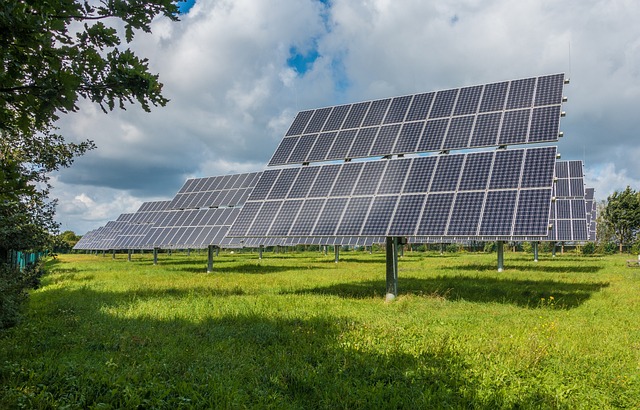
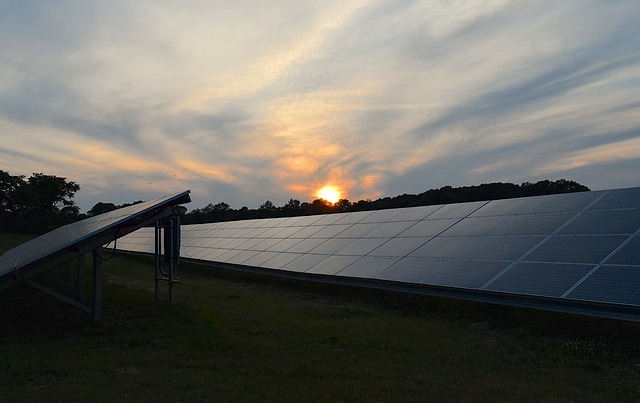



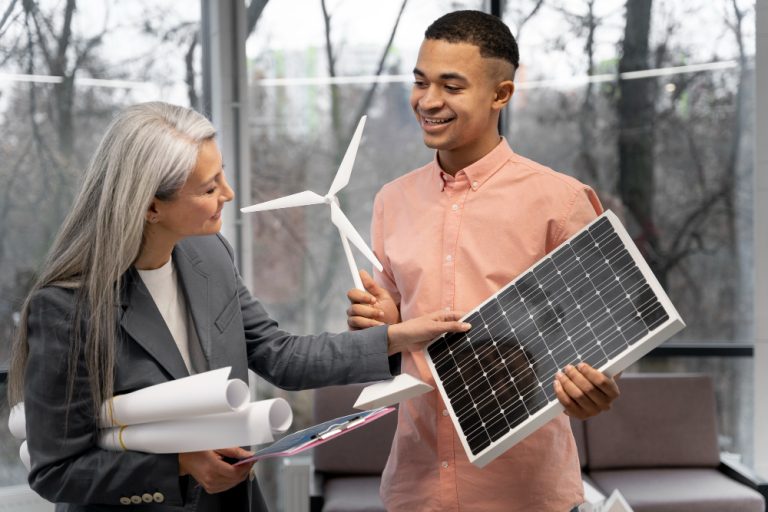
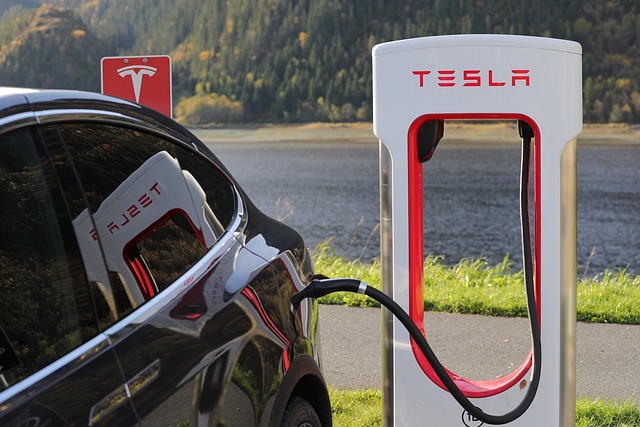
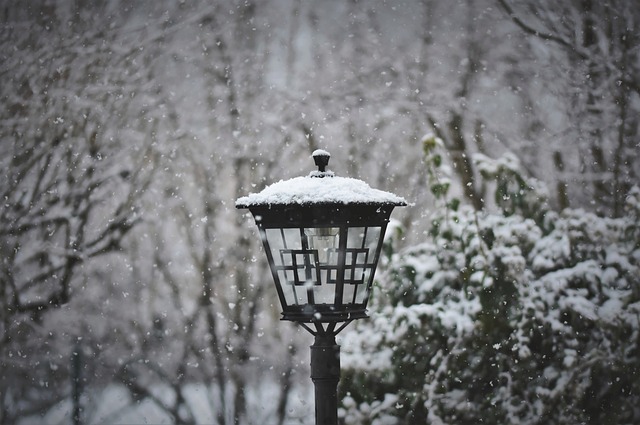
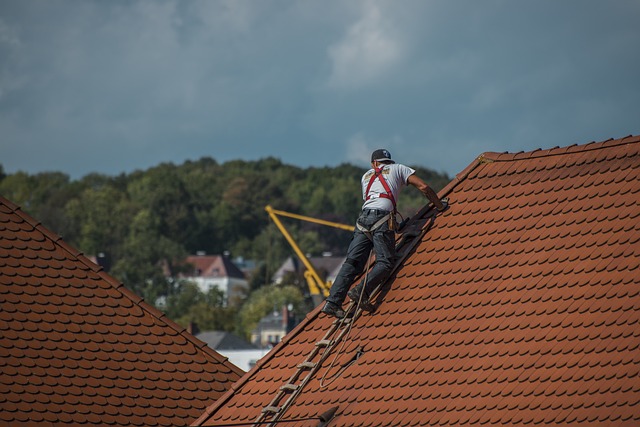


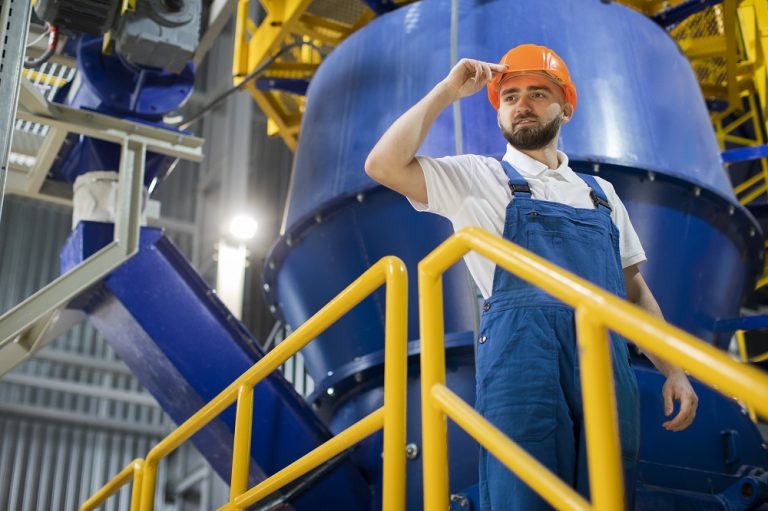
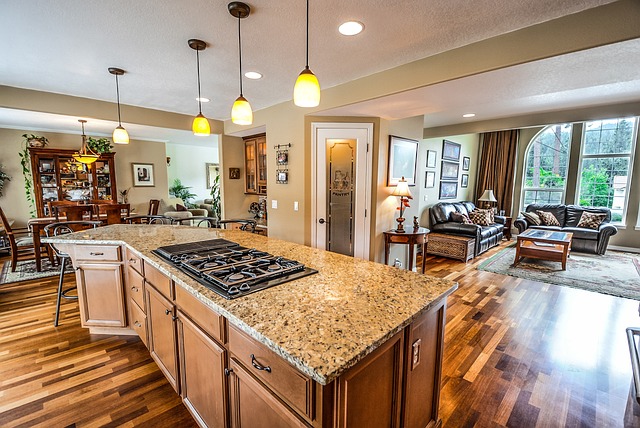
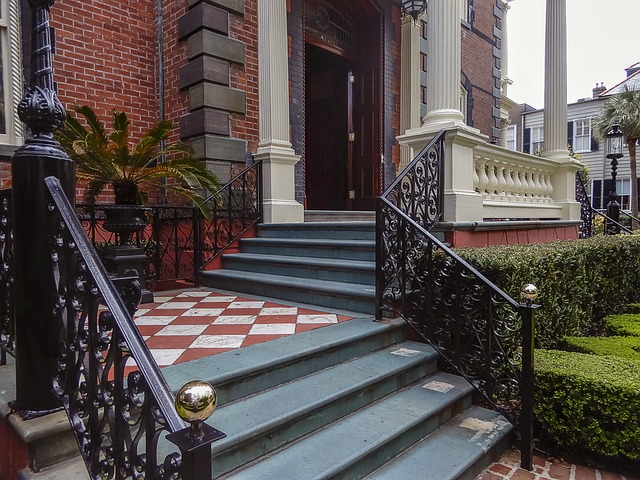
+ There are no comments
Add yours